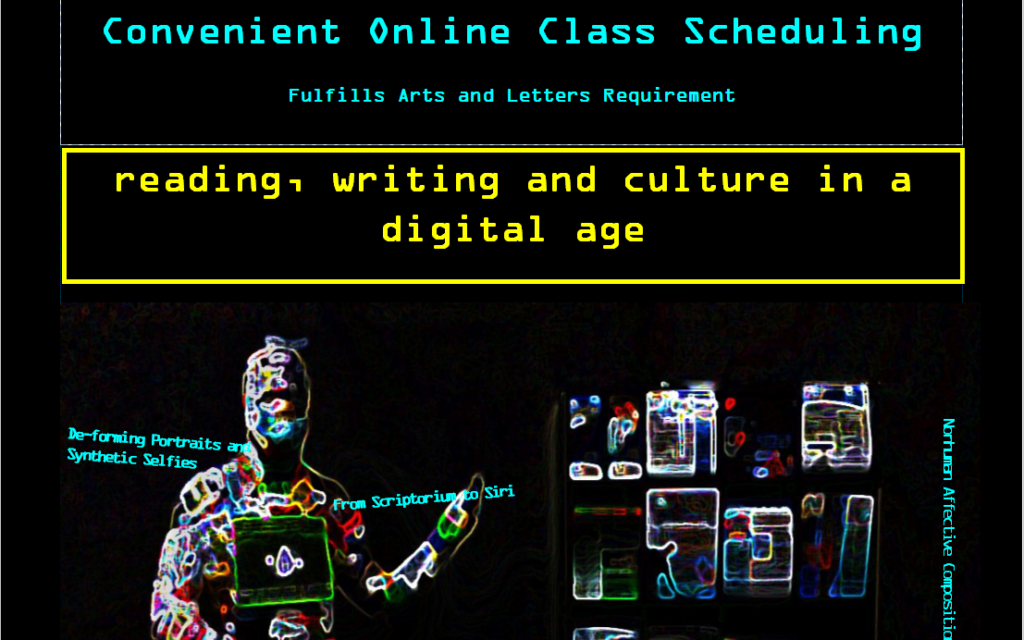At the Community College Humanities Association PNW earlier this month, I discussed my development of “threshold concepts” for digital humanities as a way of bridging and scaffolding accessible DH work into community college courses–simultaneously teaching a “whole game” approach that is valuable to all students while also preparing transfer students for a 21st century humanities education. Powerpoint is here: this-digital-life
Actually I retrofitted threshold concepts onto course assignments I had already developed or am in the process of developing for my Spring 2017 Intro to DH course entitled “Reading, Writing and Culture in a DIgital Age.” I took a page from Ryan Cordell’s wise essay and chose a title that refers to concrete practices that novice humanities students and Gen Ed students alike would recognize.
Here are some of the assignments that I’m still tinkering with–some of them are in the process of being developed, some have already worked successfully. One assignment is adapted out of a lengthy and sophisticated assignment in Bruno Latour’s “Scientific Humanities” MOOC and another was inspired by Jena Osman’s Public Figures book and website to provide opportunities for students to practice humanities methods of observation, analysis and creative imagining in their daily lives.
Humanities Computing or Digital Humanities is…
…About how algorithms-organize-information-essay-wr122
…About anticipating questions anticipate-your-audience-faqs-assignment-sheet
…About glitches and breaking-stuff-write-like-gertrude
…About non-human subjectivities synthetic-selfies-and-monumental-subjects
..About how words-get-their-meaning-from-other-words
…. About building an audience for your cause writing-studio-exercise-awareness-object-artifact

